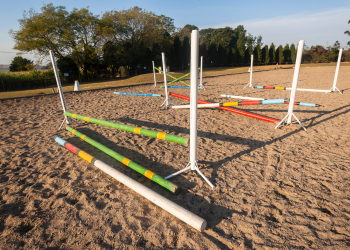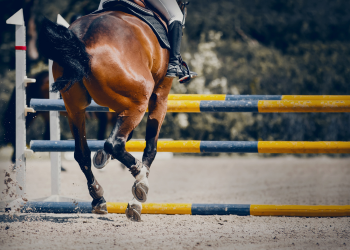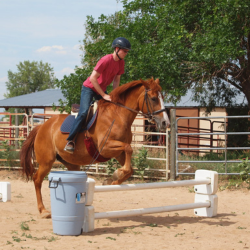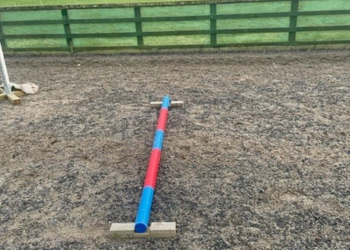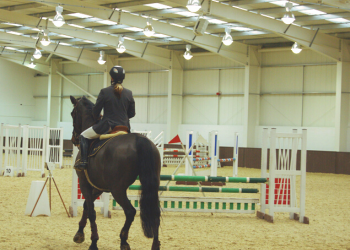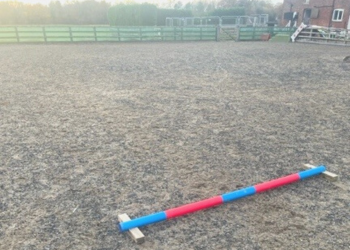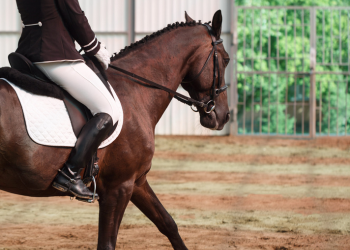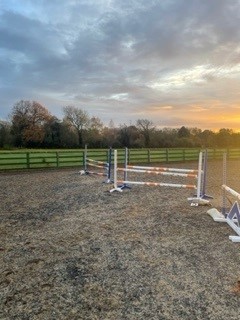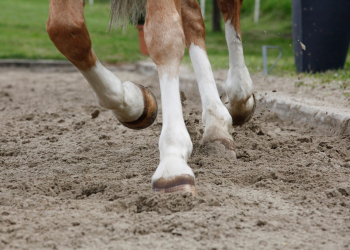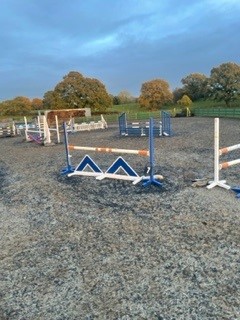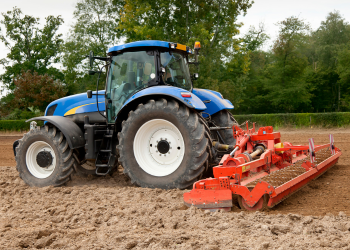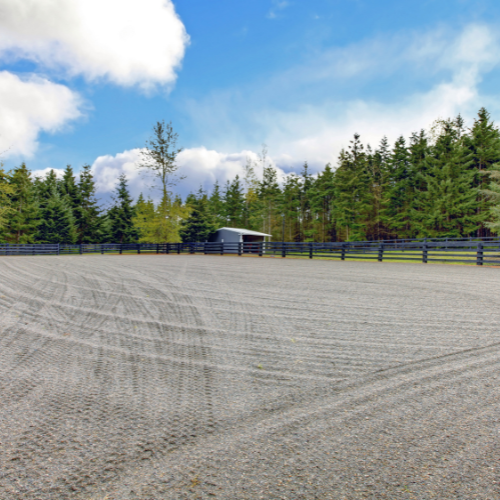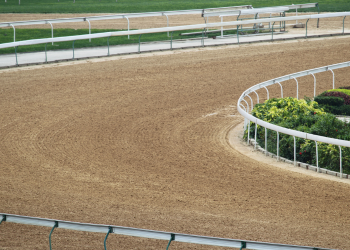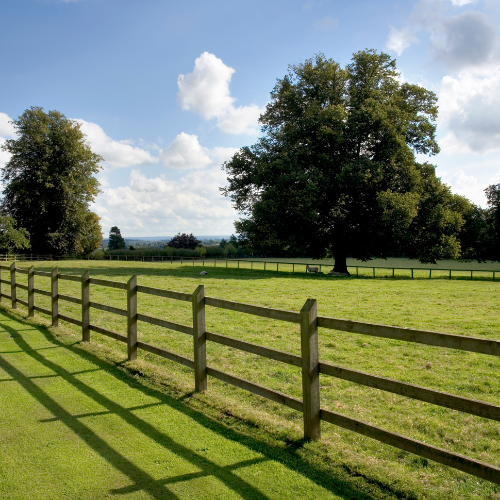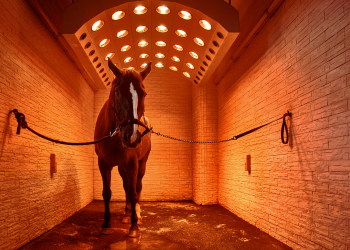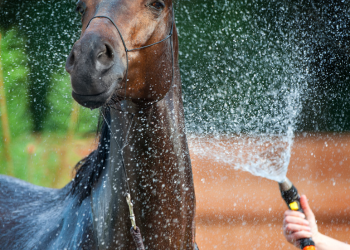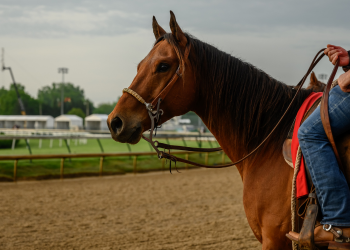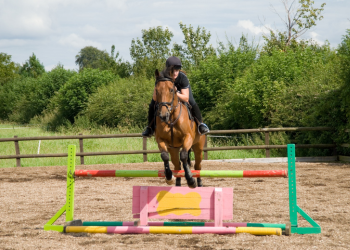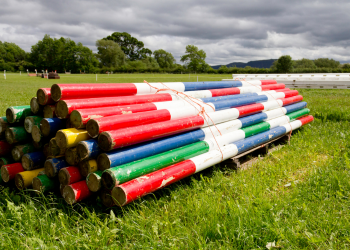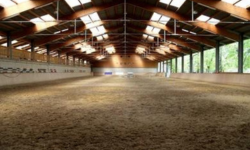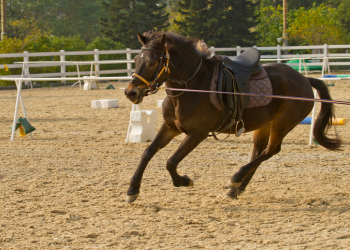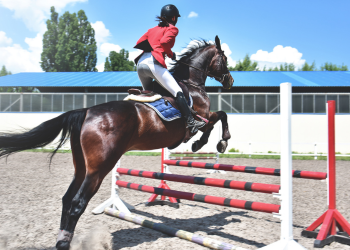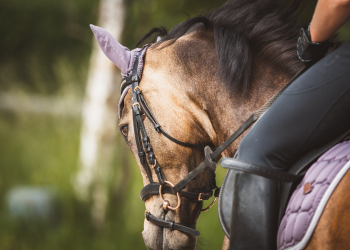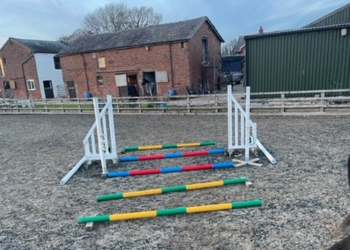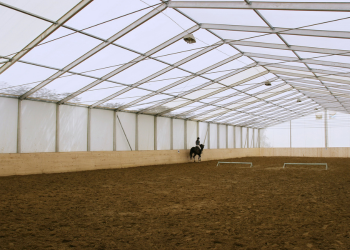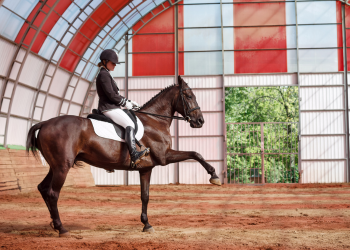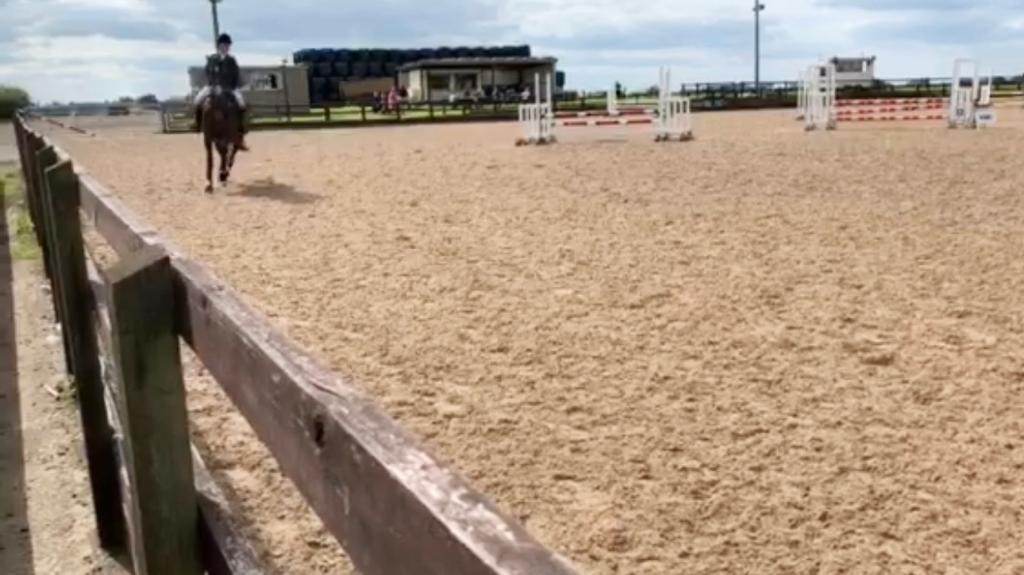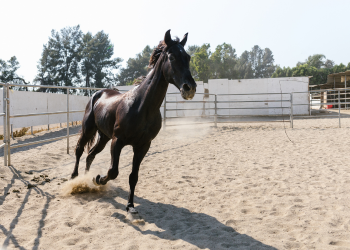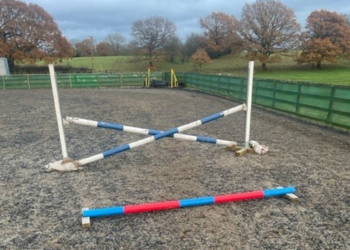Are you looking to improve your horses strength, balance, and agility? Look no further than cavaletti exercises.
These simple ground-based exercises are essential for any horse’s physical and mental well-being, yet often overlooked. Let’s delve into the benefits and techniques of cavaletti training to give your horse the best care possible.
Key Takeaways:
- Cavaletti exercises improve balance and coordination for horses, leading to optimal suppleness and freedom of movement.
- Consistent cavaletti exercises can increase muscle strength, endurance, flexibility, and range of motion, while also enhancing mental focus and engagement.
- When setting up cavaletti exercises, consider the height and spacing, use proper equipment, and find a suitable location. Start slowly and gradually increase difficulty, and always supervise and be aware of the horse’s physical limitations.
What are Cavaletti Exercises for Horses?
Cavaletti exercises for horses are a series of exercises involving small jumps or poles that aim to improve a horse’s balance, coordination, and strength. These exercises are performed at varying heights and distances to challenge the horse’s stride and encourage them to engage their hindquarters.
What are the Benefits of Cavaletti Exercises?
Cavaletti exercises are a popular training method for horses that offer a multitude of benefits. These exercises involve navigating a series of raised poles and obstacles, challenging the horse’s physical and mental abilities.
In this section, we will discuss the various benefits of cavaletti exercises, including improvements in balance, coordination, muscle strength, endurance, flexibility, range of motion, mental focus, and engagement. Each sub-section will highlight a specific benefit and how it contributes to the overall development of the horse.
Improves Balance and Coordination
Improving balance and coordination is a key benefit of cavaletti exercises for horses. To incorporate these exercises into your training routine, follow these steps:
- Begin with low cavaletti poles and gradually increase the height as your horse gains confidence and coordination.
- Start by walking your horse over the poles, allowing them to find their balance and adjust their stride.
- Advance to trotting over the poles, focusing on maintaining a steady rhythm and balance.
- As your horse becomes more advanced, introduce cantering over the poles to further challenge their coordination.
Increases Muscle Strength and Endurance
To enhance the muscle strength and endurance of horses, it is beneficial to include cavaletti exercises in their training routine. Here are some effective steps to follow:
- Start with lower cavaletti heights and gradually increase as the horse’s strength improves.
- Vary the spacing between cavaletti poles to target different muscle groups.
- Begin with walking over the poles, then progress to trotting and eventually cantering.
- Incorporate cavaletti exercises into the horse’s training program regularly, ideally 2-3 times a week.
Enhances Flexibility and Range of Motion
Cavaletti exercises are highly beneficial for horses as they improve their flexibility and range of motion. To incorporate these exercises, follow these steps:
- Begin with low cavaletti poles and gradually increase the height as the horse becomes more comfortable.
- Start with a walk, gradually progressing to a trot and canter over the poles.
- Focus on maintaining a steady rhythm and encouraging the horse to stretch its muscles.
- Vary the exercises by placing the poles in different patterns or arrangements.
- Monitor the horse’s movement and adjust the exercises according to its individual abilities and limitations.
Develops Mental Focus and Engagement
Developing mental focus and engagement is a key benefit of cavaletti exercises for horses. To achieve this, follow these steps:
- Start with basic exercises, gradually increasing complexity.
- Utilise different patterns and variations to keep the horse mentally engaged.
- Incorporate transitions and changes of pace to challenge the horse’s focus.
- Use positive reinforcement and rewards to encourage mental engagement.
How to Set Up Cavaletti Exercises for Horses?
When it comes to improving a horse’s strength, coordination, and balance, cavaletti exercises are a popular choice among equestrians. However, setting up these exercises correctly is crucial for their effectiveness and safety.
In this section, we will discuss the necessary steps for setting up cavaletti exercises for horses. From determining the appropriate height and spacing to finding a suitable location, we will cover everything you need to know to ensure a successful cavaletti training session.
Determine the Height and Spacing
To determine the appropriate height and spacing for Cavaletti exercises for horses, follow these steps:
- Assess the horse’s size and ability: Consider the horse’s height, build, and jumping experience to determine suitable heights and spacing.
- Start with low heights: Begin with lower heights, such as 12-18 inches, especially for horses new to Cavaletti exercises.
- Gradually increase the height: As the horse becomes comfortable and shows improvement, gradually increase the height of the poles by a few inches at a time.
- Maintain consistent spacing: The spacing between each pole should be around 4-5 feet, allowing enough room for the horse to comfortably navigate between them.
Use Proper Equipment and Materials
When setting up cavaletti exercises for horses, it is crucial to use proper equipment and materials. Here are important steps to follow:
- Choose suitable cavaletti poles made of durable material, such as PVC or wood.
- Ensure that the poles are the appropriate length and width for the exercise.
- Use sturdy cavaletti blocks or X-shaped jump cups to securely hold the poles in place.
- Use safety cups or caps on the jump cups to prevent the poles from becoming dislodged.
- Regularly inspect all equipment for any signs of damage or wear and replace as needed.
Using proper equipment and materials is not only important for the safety of the horse but also for the effectiveness and success of cavaletti training sessions.
Find a Suitable Location
Finding a suitable location for Cavaletti exercises is crucial for the safety and effectiveness of the training. Here are some steps to help you:
- Assess the space: Ensure that the area is flat, free of obstacles, and large enough for your horse to move comfortably.
- Consider the surface: Look for a well-maintained surface that provides good footing, such as an arena or a level grassy area.
- Access to water: It’s important to have easy access to water for both you and your horse during the training session.
- Avoid distractions: Choose a location away from busy roads, loud noises, or other distractions that may startle or distract your horse.
- Consider lighting: If you plan to train during low-light conditions, make sure the location has adequate lighting for visibility.
What are Some Cavaletti Exercises for Horses?
Cavaletti exercises are an essential tool for equestrians looking to improve their horse’s balance, strength, and coordination. In this section, we will explore some of the most effective cavaletti exercises for horses. From trotting over cavaletti poles to canter poles and bounces, these exercises are designed to challenge and improve your horse’s movement. We will also discuss the benefits of incorporating figure-8 patterns into your cavaletti routines, allowing for a more dynamic and engaging workout for both horse and rider.
Trotting Over Cavaletti Poles
Trotting over cavaletti poles is a beneficial exercise for horses that can be done in a few simple steps:
- Set up a series of cavaletti poles evenly spaced apart.
- Begin by walking the horse over the poles to ensure they are comfortable with the obstacle.
- Gradually increase the speed to a trot, maintaining a steady rhythm.
- Encourage the horse to lift its legs higher over the poles, engaging the hind end.
- Repeat the exercise several times, gradually increasing the number of poles or adjusting their height.
- Always monitor the horse’s performance and adjust the exercise accordingly.
Canter Poles and Bounces
Canter poles and bounces are effective cavaletti exercises for horses, providing several benefits:
- Set up a line of poles, evenly spaced apart, to encourage rhythmic strides during the canter.
- Begin with a single pole and gradually add more to create bounces, which will increase engagement and strengthen the horse’s hindquarters.
- Encourage the horse to maintain a steady rhythm and balance while navigating the poles.
To ensure safety during these exercises:
- Use safety cups and sturdy poles to prevent accidents.
- Start with low heights and gradually raise them as the horse gains confidence.
- Always supervise the horse and rider to prevent injury.
By incorporating canter poles and bounces into cavaletti exercises, horses can improve their balance, coordination, and muscle strength while also developing mental focus and engagement.
Figure-8 Patterns
- Set up the cavaletti poles in a figure-8 pattern, creating two loops for the horse to navigate.
- Ensure that the poles are evenly spaced and at a height suitable for the horse’s level of training.
- Start by walking the horse through the figure-8 pattern, allowing them to become familiar with the exercise.
- Once the horse is comfortable, progress to trotting through the figure-8 pattern, maintaining a steady rhythm.
- Encourage the horse to maintain balance and coordination while navigating the turns and changes of direction.
- As the horse progresses, you can introduce canter transitions within the figure-8 pattern, challenging their flexibility and range of motion.
- Remember to always start slowly and gradually increase the difficulty of the exercise as the horse becomes more confident and proficient.
- Supervise the horse during the exercise and use proper equipment, such as correctly positioned cavaletti poles and safety cups, to minimize the risk of accidents.
How Often Should Cavaletti Exercises be Done?
When it comes to cavaletti exercises for horses, one common question arises: how often should they be done?
The answer is not a one-size-fits-all approach, as the frequency of these exercises varies depending on the horse’s age and experience. In this section, we will discuss the recommended frequencies for both young or inexperienced horses and experienced horses. By understanding the differences, you can tailor your cavaletti training regimen to best suit your horse’s needs.
Frequency for Young or Inexperienced Horses
- Begin with once or twice a week to allow the horse’s body to adapt to the exercises.
- Gradually increase the frequency to three or four times a week as the horse becomes more comfortable and gains strength.
- Monitor the horse’s response and adjust the frequency accordingly, taking into consideration any signs of fatigue or stress.
Frequency for Experienced Horses
Experienced horses should regularly engage in cavaletti exercises to maintain their fitness and skills. To determine the appropriate frequency for these exercises, follow these steps:
- Take into account the horse’s current level of fitness and strength.
- Consider the horse’s competition schedule and training program.
- Consult with a professional trainer or veterinarian to determine the ideal frequency.
- Begin with a moderate frequency, such as two to three times a week.
- Monitor the horse’s response and adjust the frequency as necessary, increasing or decreasing based on the horse’s condition.
- Remember to include rest days to allow the horse’s muscles to recover and prevent overexertion.
What are Some Safety Tips for Cavaletti Exercises?
Before diving into cavaletti exercises for horses, it’s important to prioritise safety. In this section, we will discuss some key safety tips to keep in mind when incorporating cavaletti exercises into your horse’s training routine.
We’ll cover the importance of starting slowly and gradually increasing difficulty, always supervising and using proper equipment, and being aware of your horse’s physical limitations. By following these safety measures, you can ensure a safe and effective workout for your equine companion.
Start Slowly and Gradually Increase Difficulty
When beginning cavaletti exercises for horses, it is crucial to start slowly and gradually increase the difficulty to avoid injury and promote proper muscle development. Here are the recommended steps to follow:
- Begin with low cavaletti poles set at a comfortable height for the horse.
- Start with basic exercises, such as trotting over the poles in a straight line.
- Once the horse is comfortable, gradually raise the height of the poles.
- Introduce more challenging exercises, such as cantering over poles or incorporating bounces.
- Monitor the horse’s response and adjust the difficulty accordingly.
- Always make sure to properly warm up and cool down the horse before and after cavaletti work.
Always Supervise and Use Proper Equipment
When setting up cavaletti exercises for horses, it is important to always supervise and use proper equipment to ensure the safety and effectiveness of the training. Follow these steps to ensure a successful session:
- Inspect the equipment: Before beginning, make sure that the cavaletti poles are in good condition and securely in place.
- Set the correct height and spacing: Adjust the poles according to the horse’s training level and desired goals.
- Position yourself correctly: Stand at a safe distance to observe the horse’s movements and be ready to intervene if needed.
- Wear safety gear: It is crucial to wear appropriate protective gear, such as helmets and boots, while working with horses.
Be Aware of Horse’s Physical Limitations
When performing cavaletti exercises, it is crucial to be aware of a horse’s physical limitations. Here are some steps to follow:
- Consult a veterinarian or equine professional to assess the horse’s overall health and any pre-existing conditions.
- Start with low heights and gradually increase difficulty, taking into account the horse’s age, fitness level, and previous injuries.
- Observe the horse during exercises for any signs of discomfort or fatigue, such as lameness, stiffness, or excessive sweating.
- Adjust the exercise plan accordingly, incorporating regular rest days and allowing the horse to recover.
FAQs about Cavaletti Exercises For Horses
How do Cavaletti Exercises Improve Optimal Suppleness in Horses?
Cavaletti exercises help to loosen the muscles, especially over the back, and increase suppleness by encouraging the horse to use its body in a balanced and coordinated manner.
Can Cavaletti Exercises be Beneficial for all Horses?
Cavaletti exercises can benefit all horses, regardless of their discipline or level of training. They can help maintain condition and agility in event horses and build strength and suppleness in dressage horses.

